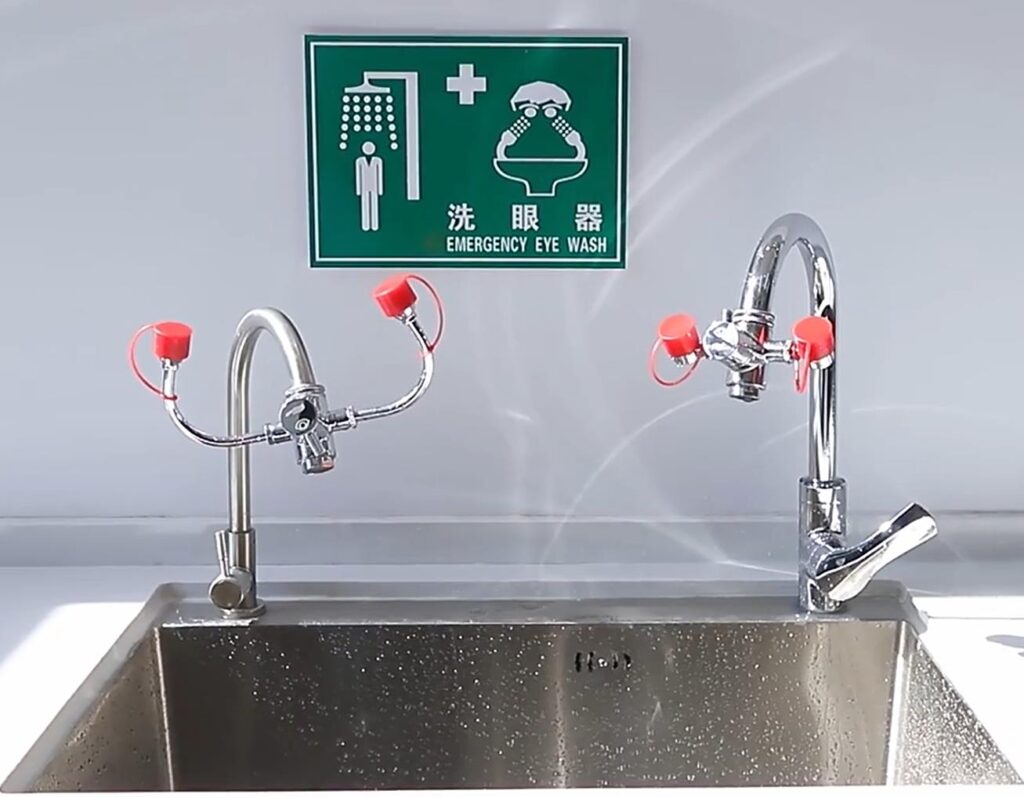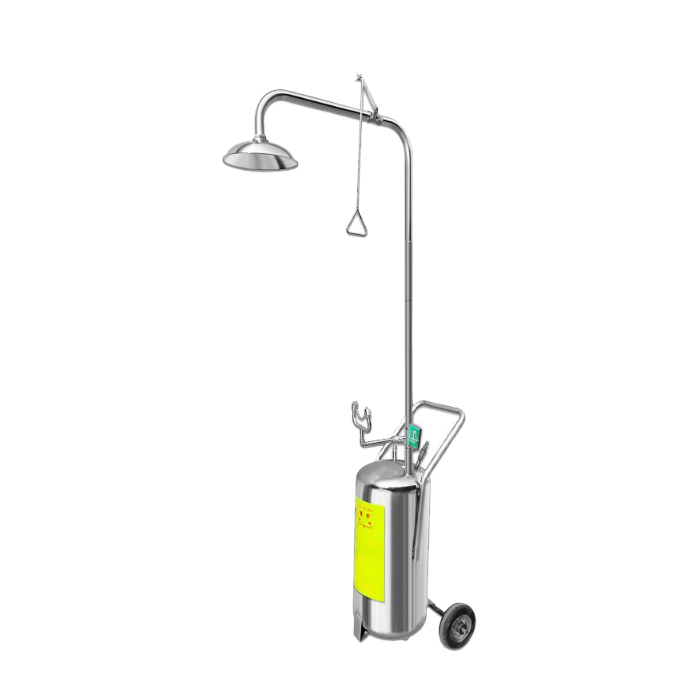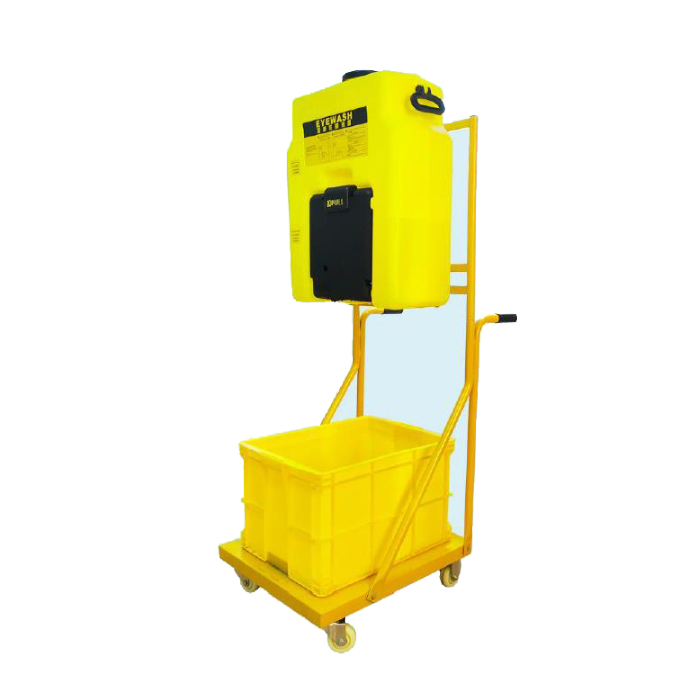Table of Contents
Plumbed Eyewash Station Vs. Portable Eyewash Station: Which Is Right for Your Workplace?
Choosing the appropriate eyewash station is critical for ensuring the safety and compliance of any workplace that handles hazardous materials. Both plumbed and portable eyewash stations have their own advantages and are designed to serve specific needs. This article will break down the differences, benefits, and ideal uses of each type to help you make an informed decision.
Understanding Plumbed Eyewash Stations
Plumbed eyewash stations are permanently installed fixtures connected to the building’s water supply. They are ideal for environments where a continuous flow of water is essential for thorough eye flushing.

Benefits of Plumbed Eyewash Stations:
- Continuous Water Supply: Provides an uninterrupted flow of water, meeting the ANSI Z358.1 requirement of a 15-minute flush.
- Temperature Control: Some units have temperature regulation to maintain tepid water.
- Durable and Reliable: Designed for long-term use in high-risk areas.
Considerations:
- Installation: Requires professional installation and a connection to plumbing, which can be costly and time-consuming.
- Maintenance: Regular checks and maintenance are essential to ensure the system remains compliant and functional.
Overview of Portable Eyewash Stations
Portable eyewash stations, also known as self-contained units, are mobile and do not require a permanent water connection. These units are commonly used in temporary or remote locations or as supplemental safety measures.

Advantages of Portable Eyewash Stations:
- Flexibility: Easily movable, making them perfect for changing worksite needs.
- Lower Installation Costs: Does not require plumbing, saving time and expense.
- Quick Setup: Can be deployed quickly in any area where potential hazards exist.
Challenges:
- Limited Water Supply: May only provide enough water for a shorter flush duration.
- Frequent Refills: Must be refilled and maintained regularly to ensure they are ready for use.
Which Option Is Best for Your Workplace?
Choosing between plumbed and portable eyewash stations depends on your specific safety requirements, budget, and work environment. Plumbed stations are often best for fixed locations with high risks of chemical exposure, such as laboratories or manufacturing facilities. Portable stations are excellent for temporary sites, remote areas, or additional safety measures alongside plumbed units.
OSHA and ANSI Compliance Considerations
Both plumbed and portable eyewash stations must meet OSHA and ANSI standards for emergency eyewash equipment. According to ANSI Z358.1, stations should:
- Deliver a controlled flow of water to both eyes simultaneously.
- Maintain water flow for at least 15 minutes.
- Be positioned so that they are accessible within 10 seconds from a hazardous work area.
Conclusion
Deciding between a plumbed and a portable eyewash station comes down to understanding your workplace’s needs, the nature of potential hazards, and budget considerations. Plumbed eyewash stations offer a continuous water supply and are ideal for permanent setups, while portable units provide flexibility and ease of installation for dynamic or temporary workspaces. Ensure compliance with OSHA and ANSI standards to maintain a safe and prepared work environment.




